Honda Tire Rotation Cost: How Much is it?
Tire rotations are an essential aspect when it comes to maintaining your tires in order for them to perform optimally. Tire balancing, wheel alignment, proper air pressure, and visual inspections are some of the most popular ways one can maintain tires, but how much does a Honda tire rotation cost?
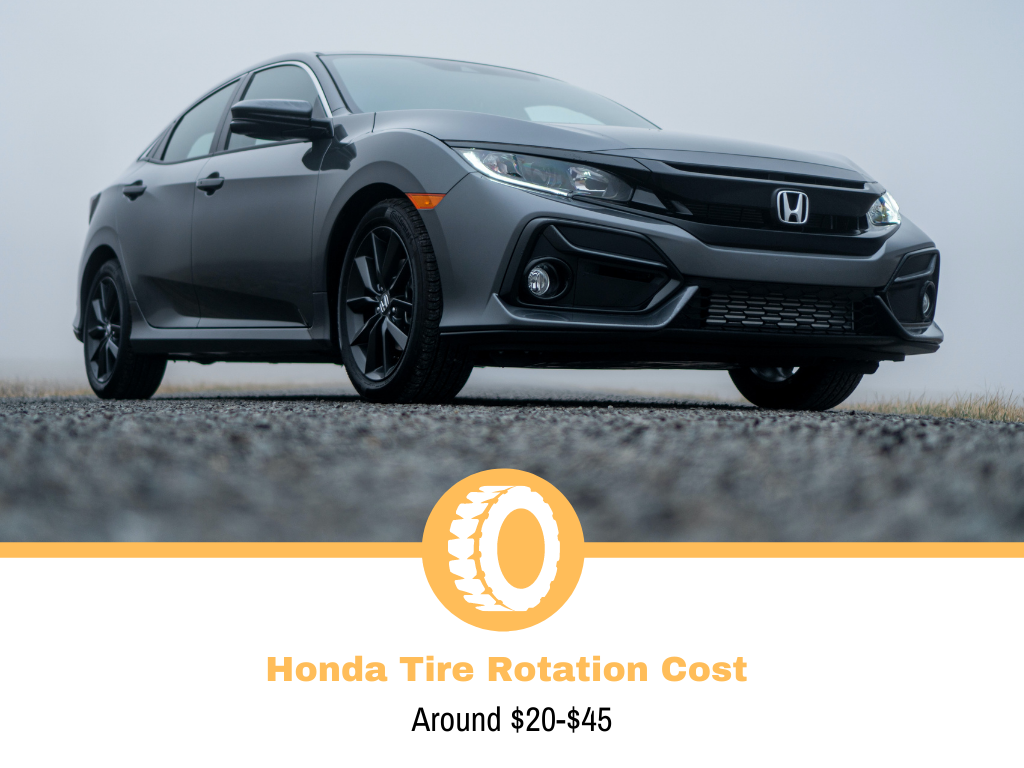
Honda Tire Rotation Cost
It costs around $20-45 to perform a tire rotation on a Honda no matter if you do it at a dealership or an independent shop. There is no reason why rotating tires on a Honda is different compared to any other car brand out there which means that these costs are what is considered average.
How Can I Maintain My Tires?
At the beginning of this article, we have touched upon a few ways how you can maintain your tires for optimal performance and longevity. However, there are many different things you can do to maintain your tires, so be sure to consider this list the next time you decide to do so.
- Proper air pressure
- Tire rotation
- Wheel alignment
- Visual inspections
- Tire balancing
- Don’t mix and match different tires
- Season tire replacements
- Proper tire storage
How Does Air Pressure Affect Tire Maintenance?
An underinflated tire and an overinflated tire are nowhere near as effective as a properly inflated tire which means that your car is unable to perform as well as it can if your air pressures are not up to the task. Be sure to go through your owner’s manual to check what are the correct air pressure measurements you need to maintain at all times.
Underinflated tires use more fuel, they will not last as long, they will flex too much under stress, and they will heat up too quickly which can even lead to tire blowouts. Overinflated tires on the other hand are more prone to exploding and are a lot stiffer which means that your ride quality is going to suffer.
Why Are Tire Rotations Important?
Tire rotations are important for a few distinct reasons. One of which is tire longevity because you are evening out the wear across all four tires. This makes your driving experience more balanced which enhances handling, traction, and makes your tires more comfortable.
Most experts state that a tire rotation is necessary every 5,000-7,000 miles, but be sure to inspect your owner’s manual to know for certain. Either way, tire rotations are essential, no matter if you drive a Honda, a Tesla, a Bugatti, or any other car.
Why Do I Need To Perform Wheel Alignment?
A wheel alignment is designed to angle your wheels precisely which means that by adjusting your camber and toe, you are making sure your wheels are always facing the road at an exact angle. Misaligned wheels tend to cause all sorts of issues such as when the car is pulling to one side or the other, or they cause unwanted vibrations.
When it comes to the tires specifically, a wheel alignment will also extend the lifespan of your tires by properly distributing the car’s weight across all four wheels. Be sure to perform a wheel alignment whenever you sense your car is pulling to one side, or after a substantial impact to the tires.
Why Do I Need To Visually Inspect My Tires?
A visual tire inspection is a great way to notice any potential issues that are just waiting to happen. Sometimes only a throughout visual inspection can spot a nail or any other puncture in the tire which needs to be dealt with as soon as possible. A visual inspection is also going to tell you if your tires are wearing evenly and if your air pressure is too low.
All in all, by simply looking at the tires you can verify that your tires are not suffering from any sorts of defects that could later cause a myriad of issues.
Why Do I Need To Balance My Tires?
By performing tire balancing, you are essentially making sure that the entirety of the car’s weight is being properly distributed. This will also do wonders for your wheel assemblies which means that it also lengthens the lifespan of many components that are directly in contact with the wheels.
If you sense your car experiencing increased levels of vibrations through the steering wheels, the seats, or the floorboard, chances are that you need to balance your wheels. One of the greatest benefits of perfectly balanced wheels is that they make the ride a lot smoother which increases comfort levels in every environment.
Why Can’t I Mix And Match Different Tires?
Unused tires should be able to last approximately 6 years, but if you mix and match different tires, you are going to decrease that number by quite a margin. Even though it sometimes feels like mixing your tires could be an easy way to save yourself a few bucks when you can’t find an identical spare, the actuality is that you are wasting your money.
Moreover, mixed and matched tires will not be able to perform as well because they are fundamentally different. Your handling will be impaired, your tire wear is going to be uneven, and your bank account is going to suffer sooner than later.
Why Do I Need To Change My Tires Each Season?
You don’t need to tell anyone that winter and summer are different from each other as that is rather obvious. However, you do need to point out to some people that keeping your set of summer/winter tires throughout the whole year is not only detrimental to the tires, but to your car, and ultimately your life.
Winter tires are designed differently which means that the grooves, the threads, and even the compound mixtures that make the tire are different. This means that winter tires are unable to maintain their optimal temperature during summer which leads to a severe lack of traction and increased levels of wear. It’s more or less the same with summer tires during the winter.
How Do I Store My Tires Properly?
Storing a set of tires is not really a challenge because you only need to make sure you avoid storing them in the sun, in the open air, or moist environments. The best thing you can do is find a cool and dry place and be sure not to leave them standing upright, especially if they are mounted on the rim as that can cause flat spots which ultimately increases tire wear.
How Often Do I Need To Rotate Tires On A Honda?
Most Honda mechanics and specialists will tell you to rotate the tires every 5,000-7,500 miles if you own a FWD or a RWD Honda. If you are willing to perform the tire rotation on a FWD car yourself, you should move your rear tires to the front in an X-pattern which means that the right rear tires should go on your front left and that the rear left tire should go on your front right.
When moving your front tires to the back, you should keep them on the same side. If you own a RWD Honda, you should do it the other way around. Flip your front tires when moving them to the back, but keep your rear tires on the same side while moving them to the front.
An AWD car requires a different approach because most Honda mechanics and specials state that you should rotate tires on an AWD Honda every 3,000-5,000 miles. This is because AWD cars send power to all four wheels which means that any discrepancies in treadwear are likely going to be more noticeable.
How To Check Tire Thread Depth?
All the tire rotation intervals mentioned should serve you as a more general approach to rotating your tires, but you should rotate your tires whenever you notice your tires are wearing unevenly. In order to notice that, you will have to check your tire tread depths.
The easiest and most effective way to do so is to perform the trusty penny test. To perform a penny test, be sure to follow these steps precisely:
- Place the penny in the tread with Lincoln’s head upside down
- If only a part of his head is showing, your tread depths are still in a good
- If his entire head is showing, your tread is under 2/32-inch which means it’s time to get new tires.
- While performing a penny test, you need to check the tread on various points of the tire because they tend to differ slightly.
Conclusion
You should expect a Honda tire rotation cost to be anywhere between $20-$45, no matter where you do it as this is an average tire rotation cost for most cars. A tire rotation is only one way to maintain your tires, but there are many other ways how one can, and should maintain tires.
If you do incorporate all of these in your tire maintenance routine, you will enjoy your driving experience a lot better because proper tire maintenance ensures longevity, performance, comfort, and safety.

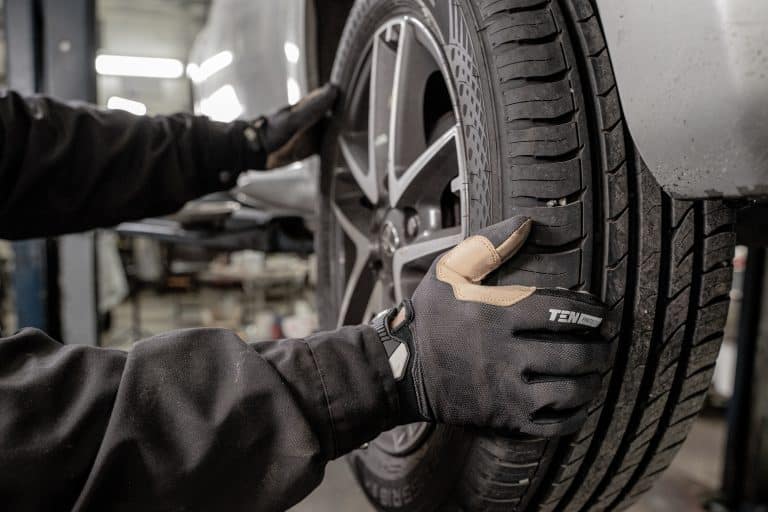
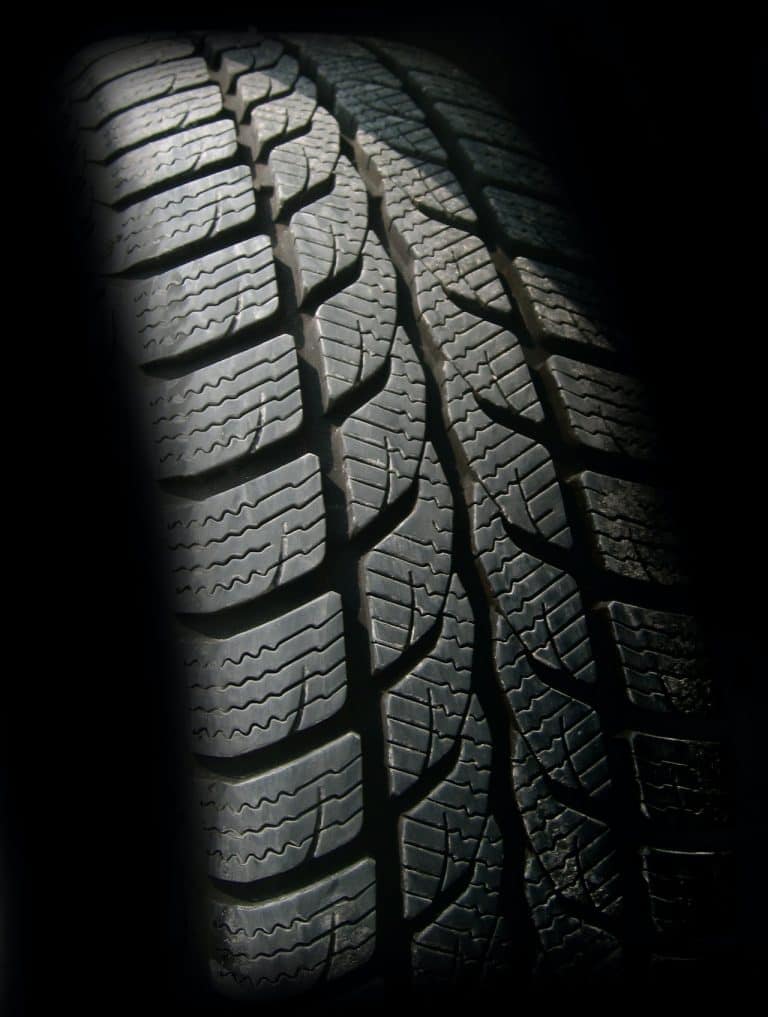
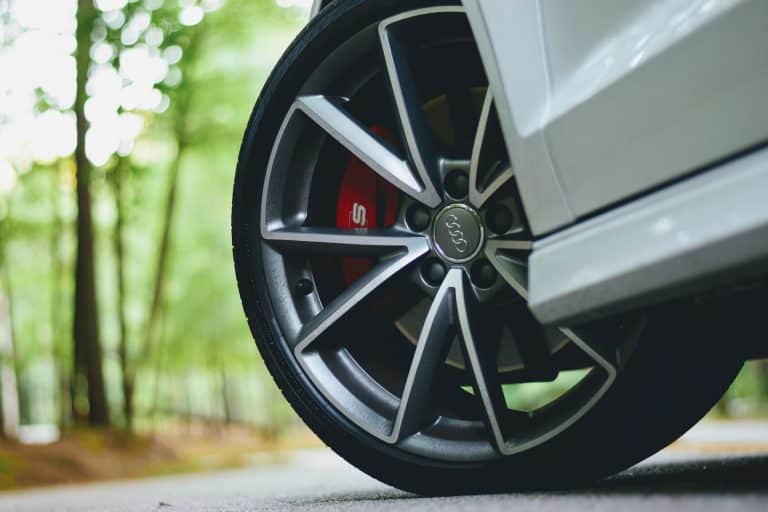
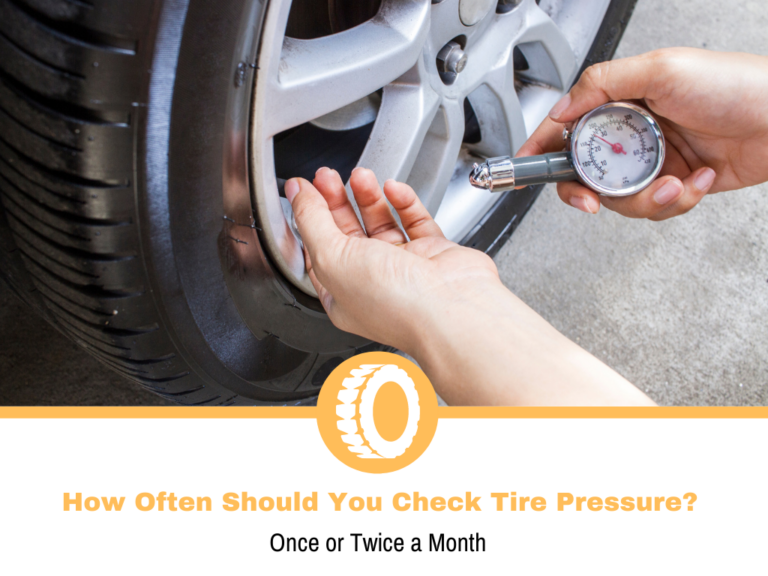
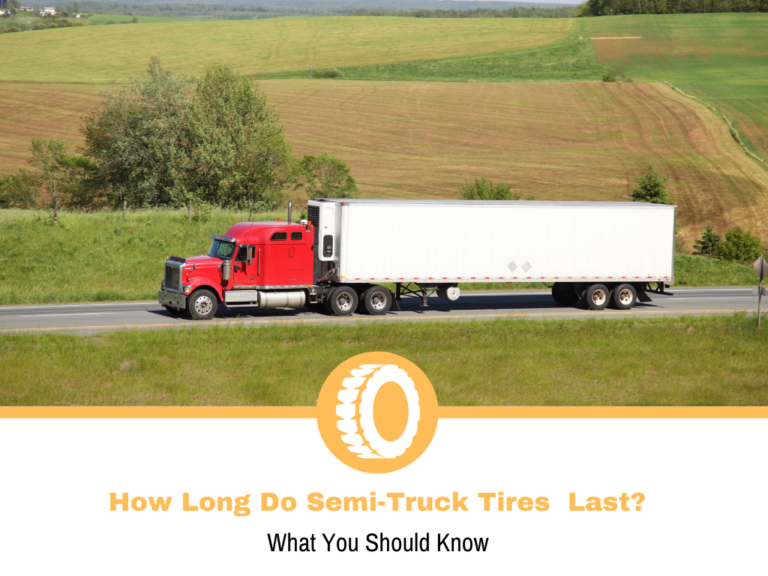
The tire rotation at Honda depends on the type of tires you have, where you get the service (dealer or auto shop), and the specific Honda model.